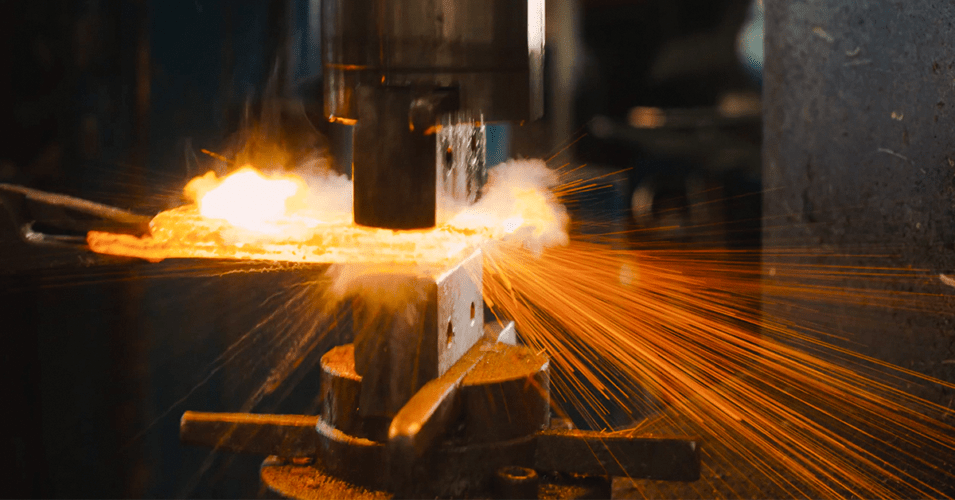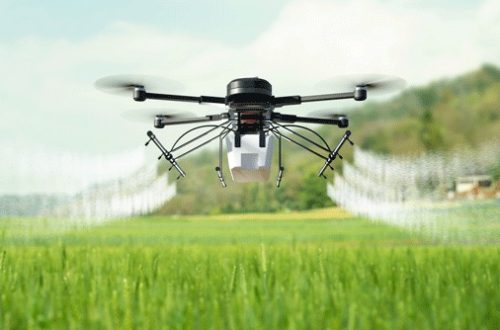Hot forging, a manufacturing process dating back centuries, remains a vital technique in the production of high-strength metal components. While it may seem like an age-old practice, hot forging is far from stagnant. In fact, it is evolving rapidly to meet the demands of modern industries, pushing the boundaries of what is possible in terms of precision, efficiency, and sustainability. In this blog, we will explore the future of hot forging and the trends and innovations that are poised to reshape this essential manufacturing process.
- Smart Forging and Industry 4.0 Integration
One of the most significant trends in the future of hot forging is the integration of Industry 4.0 technologies. Smart forging processes involve the use of sensors, data analytics, and automation to optimize every aspect of the production line. Sensors monitor temperature, pressure, and other key parameters in real-time, allowing for precise control of the forging process. This not only improves product quality but also reduces energy consumption and material waste.
Machine learning and AI algorithms can analyze data from sensors to predict and prevent defects, optimizing the entire production cycle. The result is increased efficiency, reduced downtime, and improved product consistency.
- Sustainable Forging
As sustainability becomes a top priority for industries worldwide, hot forging is also adapting to reduce its environmental impact. Innovations in material selection, such as the use of recycled or eco-friendly metals, are gaining traction. Additionally, the development of closed-loop systems that capture and recycle waste heat and materials is becoming more prevalent.
Hot forging processes are also being optimized to minimize energy consumption and emissions. Induction heating, for example, is a more energy-efficient method compared to traditional furnaces. Furthermore, the trend towards eco-friendly lubricants and coolants is reducing the environmental footprint of hot forging operations.
- Additive Manufacturing and Hybrid Processes
The integration of additive manufacturing (3D printing) with hot forging is another exciting development. This combination, known as hybrid manufacturing, offers the benefits of both processes. Forging can be used to create a near-net shape, followed by 3D printing to add intricate details or customize parts further. This approach reduces material waste, shortens lead times, and allows for the creation of complex geometries that were previously difficult or impossible to achieve.
- Advanced Materials and Alloys
The future of hot forging also hinges on the development of advanced materials and alloys. High-strength materials like titanium, nickel-based superalloys, and advanced steels are increasingly in demand for applications in aerospace, automotive, and energy sectors. Hot forging allows for precise control over the microstructure of these materials, enhancing their properties and performance.
Furthermore, the incorporation of composite materials into hot forging processes is a trend to watch. Combining metals with composites can create lightweight yet durable components with unique properties, offering new possibilities for various industries.
- Miniaturization and Micro-Forging
While hot forging is often associated with large and heavy components, the trend towards miniaturization is gaining momentum. Micro-forging techniques are being developed to manufacture tiny, intricate parts used in electronics, medical devices, and more. These processes require extreme precision and specialized equipment to achieve micron-level tolerances.
Conclusion
The future of hot forging is an exciting frontier that combines traditional craftsmanship with cutting-edge technology and sustainability principles. Smart forging, sustainable practices, additive manufacturing integration, advanced materials, and miniaturization are just a few of the trends and innovations that are shaping the industry. As hot forging continues to evolve, it will play a pivotal role in meeting the demands of diverse industries while minimizing environmental impact and maximizing efficiency and quality. Keep an eye on these trends, as they are sure to reshape the landscape of hot forging in the years to come.





